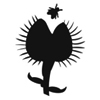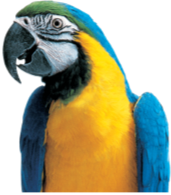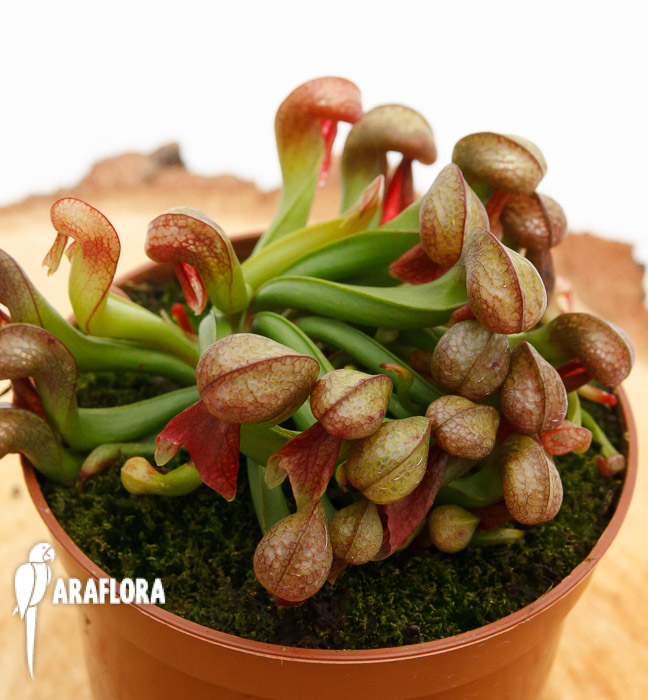Darlingtonia californica 'Red' - CarniDar09
Darlingtonia californica 'Red' - CarniDar09
The Cobra lily, or Darlingtonia californica, is one of the most stunning carnivorous plants. This is a red form and a fully grown plant resembles a cobra poised to strike, that is how Darlingtonia californica 'Red'gots its name. This exotic plant has proven to be a challenge for all plant lovers.
Currently not in stock
€ 13,50
Keep me up to date?
Araflora will inform you as soon as the product is available again. Please fill in your e-mail address and we will let you know as soon as the product is back in stock. You will get an e-mail message when the product is available again. Unfortunately we cannot say how long this will be or what the price is likely to be.

Receive an e-mail when new stock of this plant arrives.
Share this plant? Press on one of the following icons.
Darlingtonia californica 'Red', commonly known as the Cobra Lily, is a fascinating and unusual carnivorous plant with a distinctive appearance and a highly specialized trap mechanism. Native to North America, the Cobra Lily is a captivating species for both botanists and plant enthusiasts alike due to its rarity, unique morphology, and adaptive trapping strategy.Distribution: The Cobra Lily is native to North America’s west coast, specifically the northern parts of California and southwestern Oregon. It thrives in cool, nutrient-poor, boggy environments such as seeps, stream edges, and cold springs. These habitats often feature acidic, low-nutrient soils, leading Darlingtonia californica to evolve carnivorous adaptations to obtain essential nutrients. The plant is notably sensitive to temperature, preferring cold water around its roots and being prone to overheating in hot conditions, which limits its growth to certain microhabitats with cooler water sources. History: Darlingtonia californica was first discovered and described in 1841 by botanist William D. Brackenridge during the United States Exploring Expedition. In 1853, the plant was formally named by John Torrey, who honored his friend William Darlington, a physician and botanist, by naming the genus Darlingtonia. Its common name, the Cobra Lily, derives from the plant’s striking resemblance to a rearing cobra, with its bulbous hood and forked, tongue-like appendage that resembles a snake s tongue. This unique appearance has intrigued botanists, and the plant has remained a popular and iconic species among carnivorous plant enthusiasts.Trap Mechanism: The Cobra Lily uses a sophisticated and deceptive trapping method that does not rely on a pitfall or sticky trap like many other carnivorous plants. Instead, it uses a complex combination of visual and structural tricks to confuse and trap its prey: – Attraction and Luring: The Cobra Lily’s hooded, tubular leaves produce nectar around the entrance, which attracts insects. The bright, translucent 'windows' on the hood of the pitcher also play a role by allowing light to pass through, creating a visually confusing environment for the insect.– Confusion: Once inside, the insect finds itself in a maze of light and shadow. The translucent spots on the hood lead the insect to think it can escape through them, but it is unable to break through. This causes the insect to continue moving in a disoriented pattern, often descending deeper into the pitcher. – Slippery Inner Surface: The plant’s inner walls are smooth and lined with downward-facing hairs, preventing the insect from climbing back out. The hairs guide the prey downward, toward the digestive zone.Digestive Process: Unlike many other carnivorous plants, the Cobra Lily does not produce digestive enzymes. Instead, it relies on symbiotic bacteria and other microorganisms in the pitcher fluid to break down the prey, releasing nutrients that the plant absorbs. This trapping method is highly effective, allowing Darlingtonia californica to capture and digest insects even in cool, nutrient-poor habitats. Its unique adaptations make the Cobra Lily one of the most fascinating examples of carnivorous plant evolution, with a strategy that maximizes its ability to thrive in its limited, specialized habitats.




Darlingtonia californica, or the Cobra Lily, requires specific care to thrive, given its unique adaptations and natural habitat. Here’s how to properly care for this fascinating carnivorous plant: Light: Bright Indirect Light: The Cobra Lily thrives in bright, indirect light. It can tolerate some direct sunlight but should be protected from intense midday sun to prevent leaf burn. A location near a window with filtered light or using grow lights is ideal. Water: Pure Water Only: Use distilled or rainwater, as Cobra Lilies are sensitive to the chemicals in tap water. Keep the soil consistently moist, but avoid waterlogging. Water when the top inch (2.5 cm) of soil feels dry, ensuring the pot has good drainage. Humidity and Temperature: High Humidity: The Cobra Lily prefers high humidity, ideally around 50-80%. If growing indoors, consider using a humidity tray or placing the plant in a terrarium to maintain moisture. Cool Temperatures: This plant enjoys cooler conditions, ideally between 60°F and 75°F (15°C-24°C). Avoid temperatures above 80°F (27°C), as excessive heat can harm the plant. Soil: Well-Draining, Low-Nutrient Mix: Use a soil mix suitable for carnivorous plants, such as a blend of sphagnum moss and perlite. Avoid standard potting soil, as it contains too many nutrients that can harm the plant. Feeding: Minimal Feeding Required: The Cobra Lily captures insects for nutrition, but if grown indoors, you may need to feed it small insects (like fruit flies) occasionally. It can survive on minimal feeding if it catches a few insects throughout the growing season. Additional Tips Airflow: Ensure good airflow around the plant to prevent mold and fungal issues, especially in high-humidity conditions. Seasonal Care: The Cobra Lily does not require a strict dormancy period but benefits from cooler temperatures in winter. Adjust watering slightly during the colder months to prevent root rot. By providing the right light, water, humidity, and soil conditions, your Darlingtonia californica can thrive, showcasing its unique beauty and captivating trap mechanism.








 7 cm
7 cm
 7 cm
7 cm












